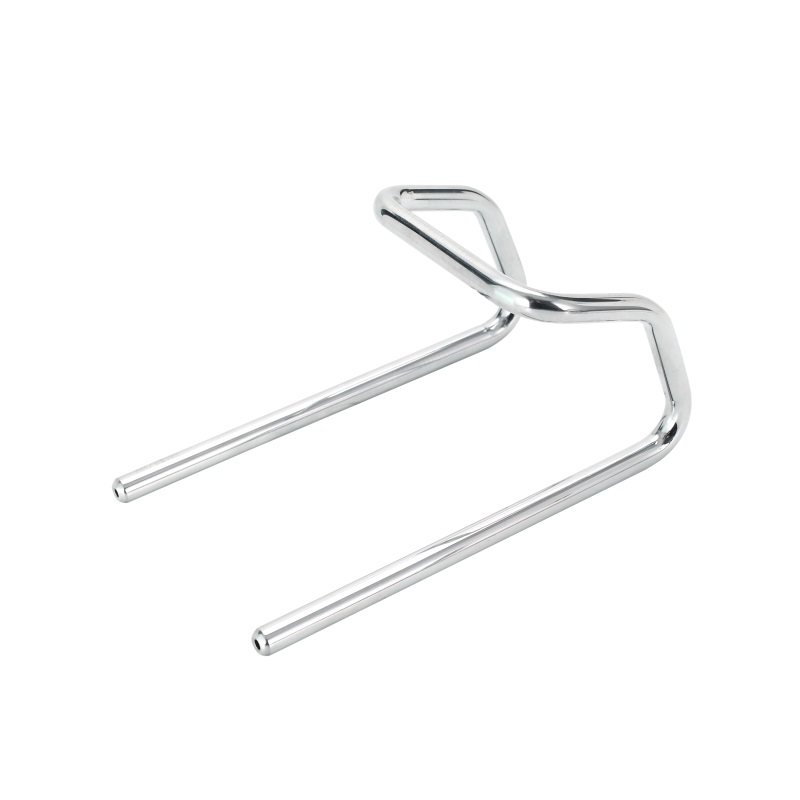
Understanding Side Impact Door Beams Enhancing Vehicle Safety
In the realm of automotive safety, innovations are continuously evolving to protect occupants during a collision. One critical component of this safety architecture is the side impact door beam. Designed to absorb and distribute the energy generated during a side-impact collision, these beams play a vital role in preserving the integrity of the passenger cabin and enhancing overall vehicle safety.
The Role of Side Impact Door Beams
Side impact door beams are structural elements integrated into the doors of vehicles. Typically made from high-strength steel or advanced composite materials, these beams serve as a barrier against external forces during a side collision. When an impact occurs, the door beam acts as a shield, helping to prevent intrusions into the passenger compartment that could potentially harm occupants.
The primary objective of a side impact door beam is to localize and reduce the force of a side impact. This is particularly important because side collisions often occur with less warning than frontal or rear-end collisions. Hence, having effective side impact protection is critical for vehicle safety.
Design and Engineering Considerations
The design of side impact door beams involves a careful balance between weight, strength, and cost
. Manufacturers continually strive to enhance the performance of these beams while minimizing their weight to improve fuel efficiency. Advanced materials, such as high-strength steel and aluminum alloys, have become popular choices due to their ability to withstand significant stress while remaining lightweight.
The engineering of these beams is also influenced by crash test regulations set forth by organizations like the National Highway Traffic Safety Administration (NHTSA) and the Insurance Institute for Highway Safety (IIHS). Vehicles undergo rigorous testing procedures to evaluate their crashworthiness, including side-impact tests where the effectiveness of door beams is assessed. These tests involve simulating side collisions to determine how well the door structure absorbs impact energy and protects passengers.
Innovations and Future Trends
As technology progresses, manufacturers are exploring new innovations to enhance the effectiveness of side impact door beams. Some of the promising developments include the use of composite materials and advanced geometry to improve the energy absorption capabilities of the beams. Research is also focusing on integrating sensors into the door structures to provide real-time feedback on vehicle dynamics and potential collision threats.
Another exciting avenue of exploration is the integration of active safety features. Future vehicles may be equipped with systems that deploy additional protection measures during a collision, such as inflatable side curtains that work in conjunction with door beams to provide an additional layer of safety.
The Impact on Vehicle Safety Ratings
The presence and effectiveness of side impact door beams significantly influence a vehicle's safety ratings. Consumers often refer to these ratings when making purchasing decisions, as they provide insights into how well a vehicle will protect occupants in the event of an accident. Vehicles with robust side impact protection, including advanced door beam designs, typically receive higher safety ratings, making them more appealing to safety-conscious buyers.
In summary, side impact door beams are an essential component of modern vehicle safety systems. Their design and engineering are key factors in enhancing passenger protection during side collisions, a common threat on the road. As the automotive industry continues to innovate and improve safety standards, the evolution of side impact door beams will play a crucial role in safeguarding lives and reducing injuries in vehicular accidents. Consumers, manufacturers, and regulatory bodies must continue to prioritize vehicle safety, ensuring that advancements in technology translate into real-world benefits for all road users.